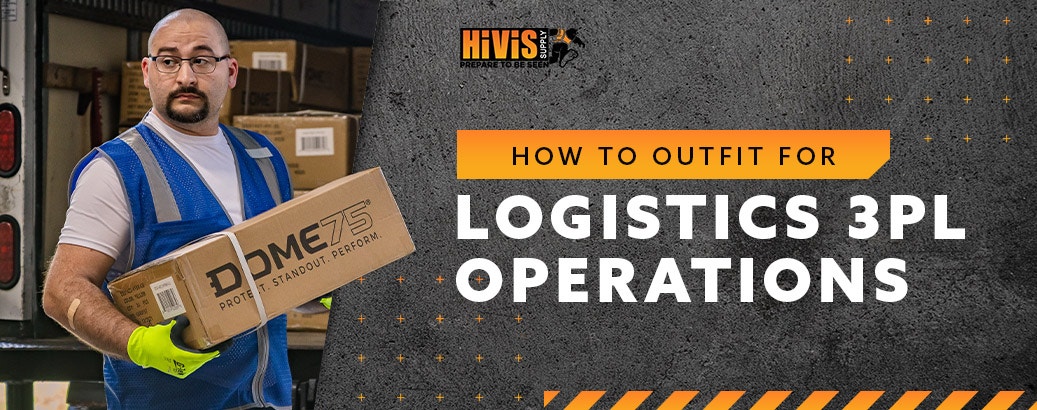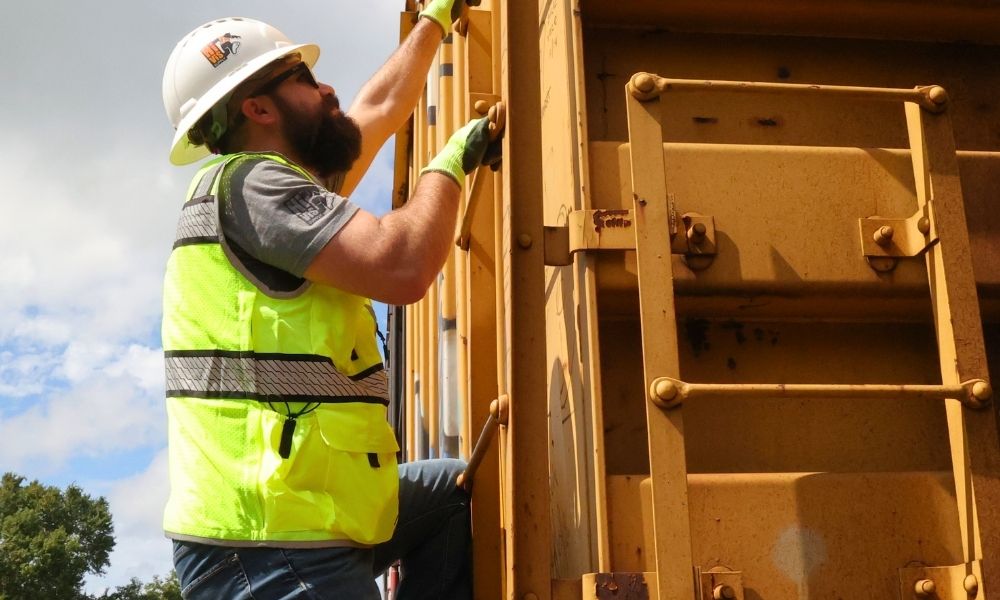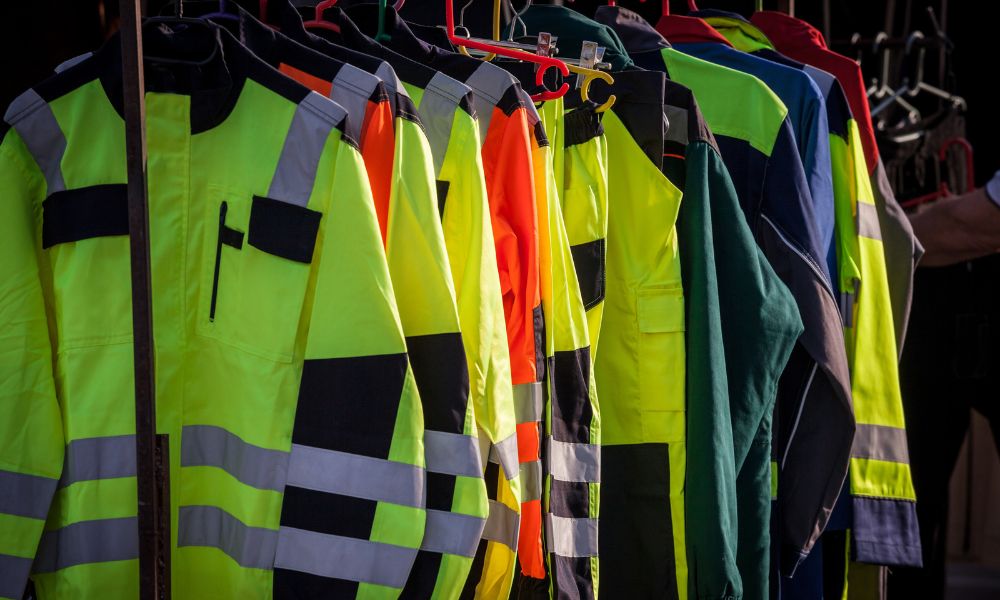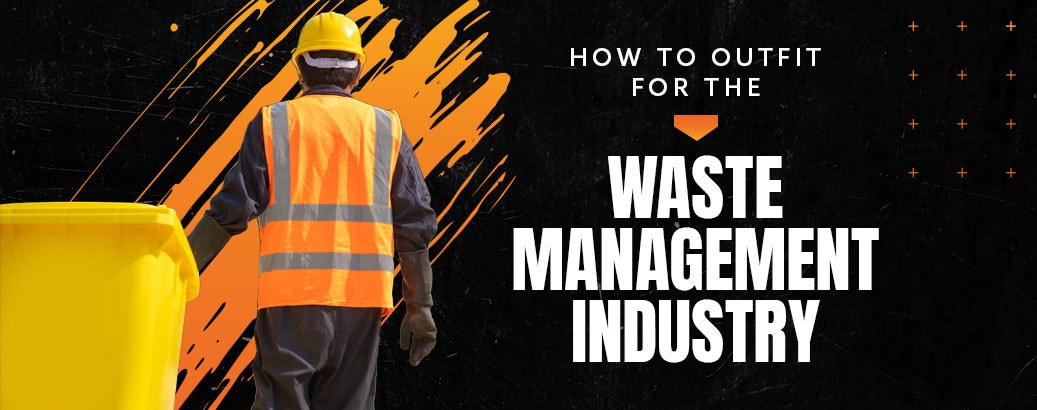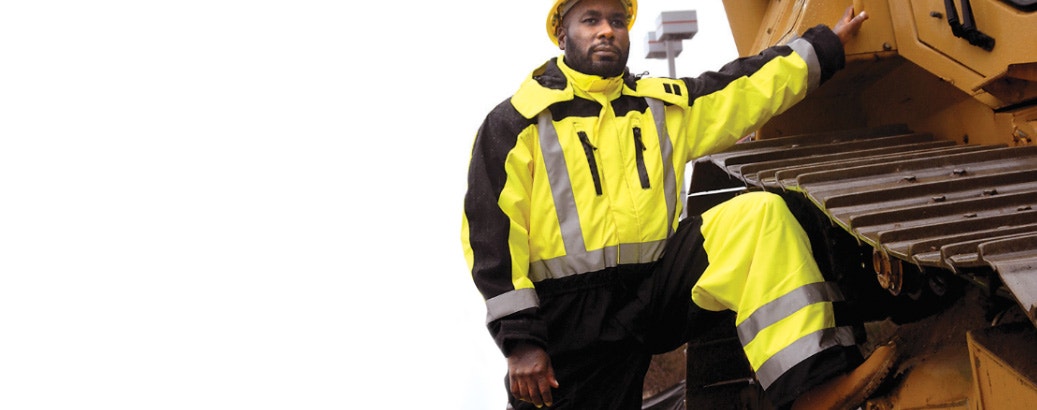History of High Visibility Fluorescent Colors
- By HiVis Supply
- Feb 5, 2021

Those bright fluorescent colors on HiVis Supply’s workwear aren’t just there because we think they’re pretty. No, as you probably know, they serve the important purpose of protecting workers on the job by making them more visible. But you might have wondered before: Just how did those colors get so bright and vivid, and how did they come to be the industry standard for hi-vis clothing?
High visibility fluorescent colors have a long and interesting history. What’s more, knowing how these colors came to be and what makes them so bright can help you understand how hi-vis workwear works today. It’s time to dive into the fascinating story of how high-visibility fluorescent colors came to be.
Meet the Switzers
We owe today’s fluorescent dyes largely to two people: the brother’s Joe and Bob Switzer. Growing up together in Berkeley, California, the Switzer brothers inherited a lifelong interest in chemistry from their pharmacist parents.
When Bob suffered a head injury at his job, he had to spend several months recuperating in a dark room. The Switzers turned this difficulty into an opportunity for experimentation and learning by playing with fluorescent compounds—pigments that absorb UV radiation and re-emit it as visible light.
When the Switzers developed a series of intriguing new fluorescent compounds, they found that Joe’s hobby of performing amateur magic shows was the ideal place to showcase them. That success turned into a business creating advertising displays for merchants, but even brighter things were just around the corner.
Starting to Shine
One of the Switzer brothers’ biggest discoveries came in the 1940s: so-called “daylight fluorescents” that glowed brightly without a blacklight. The effect was to create extremely bright colors that drew the human eye and attracted attention wherever they were used even in daylight hours.
World War II offered the biggest opportunity yet for the Switzers to put their colorful inventions to good use. The military made heavy use of their fluorescent paints in quality control processes for defense manufacturing, applying the pigments to metal parts to help detect tiny cracks and defects under a blacklight. These quality control technologies worked so well that they’re still in use today.
Additionally, fluorescent materials made it substantially easier and safer to operate aircraft carriers at night, while Allied troops used various shades of fluorescent materials to mark themselves as friendlies to bomber pilots. The Switzers, without a doubt, felt great about helping secure victory for the Allies, but there were more innovations still to come.

Commercial Production
In the 50s, the Switzers transformed their products yet again. Thanks to advances in polymer technology, they were able to mill their fluorescent pigments into a form suitable for creating inks, paints, and other standard printing materials. Now that these colors could be printed and painted like any others, there was practically no limit to their applications.
As history marched on, new applications for the Switzers’ fluorescent pigments kept appearing, from the psychedelic posters that adorned a million dorm rooms in the 1960s to the boxes of Tide detergent. But, by far, the biggest impact for the world of business and infrastructure came when fluorescent colors were introduced to the world of safety workwear.
For years, industries like construction and manufacturing had struggled to find a way to keep their workers visible and reduce accidents. With the advent of fluorescent high visibility workwear, that method arrived. The bright and vibrant nature of fluorescent colors was a perfect fit for hi-vis clothing, which helped make workers easily visible to machinery operators.
High-Visibility Colors Today
In today’s world of workwear, the Switzers’ invention is more important than ever. We now have a huge variety of fluorescent colored workwear available to us that helps keep people safe and seen on the job. From yellow to orange to lime green, fluorescent safety workwear helps maintain visibility for workers and is now standardized by the rigorous ANSI 107 standard.
One of the most important innovations of modern high-visibility workwear is the now-standard pairing of fluorescent colors with retroreflective tapes. ANSI-rated high-visibility clothes now must include these ultra-bright should be reflective materials to make workers even easier to see, and the addition of retroreflectors has made a huge difference in how high-visibility clothes perform in low-light environments.
HiVis Supply offers a full range of high-visibility gear designed for safety performance on the job. We work with industry leaders in hi-vis workwear who have developed amazing new technologies in the high-visibility market. See our selection of hi-vis safety vests for some cost-effective examples of what we’re talking about.

Interested in learning more about the practical applications of colorful clothing on the job? Read our guide to incident command system vest colors to find out how color-coding systems can help take charge of the toughest situations.




